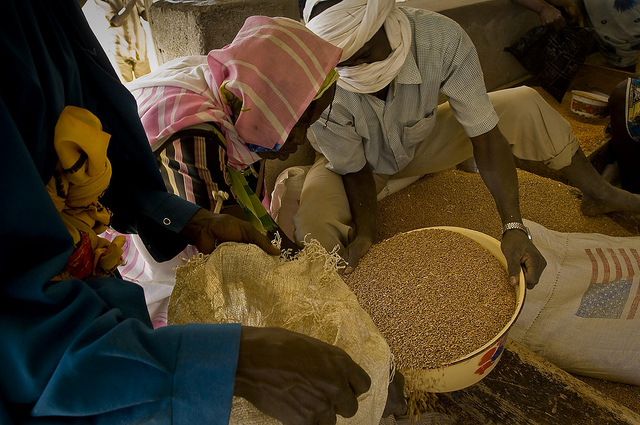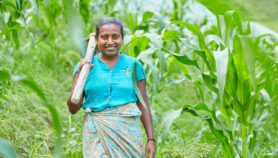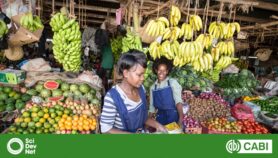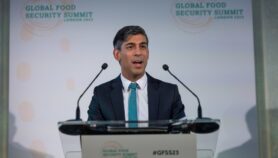By: Angela Henshall
Send to a friend
The details you provide on this page will not be used to send unsolicited email, and will not be sold to a 3rd party. See privacy policy.
A database of agricultural technologies that may be good candidates for widespread adaptation and adoption to improve food production is under development by Feed the Future, USAID's global hunger and food security initiative.
The Scalable Agricultural Technologies Inventory, hosted on Feed the Future's Agrilinks website, is collecting information that could help groups working with farmers to find technologies that can scale up to greater numbers of smallholders. It is divided into seven categories including 'post-harvest losses', 'livestock and aquaculture' and 'ICT and insurance'.
Feed the Future says it is part of a "deepening engagement" with US government bilateral missions, country partners, the Consultative Group on International Agricultural Research and others to expand efforts "to drive widespread adaptation, dissemination and adoption of critical agricultural technologies".
Julie Howard, chief scientist at the Bureau for Food Security, which leads the implementation of Feed the Future, says "keeping the pipeline full" of research is crucial, and adds that there has been "a dark period" during the economic recession, where funding for food production programmes has been cut severely.
"We feel the information is not getting out about technology and part of that has been because of this significant drop in funding after a big push on agriculture in the 1970s and 1980s," she says.
Howard adds: "We have asked scientists and others to fill it out without referencing papers and journals — just to include their best guesses on innovation and to put this all in one place".
The inventory has a comments section that Feed the Future hopes will give a steer on which topics are the most popular and what needs more information.
Rob Bailey, a food security research fellow at Chatham House, United Kingdom, says the inventory may "help stakeholders identify technology and providers — this is good but it is a small part of the jigsaw puzzle".
He says: "There is a much more complex set of requirements [to scale up innovations]. Agriculture is dependent on individual circumstances — on soil, microclimate and crops, and on how farmers access markets. Farmers need to be in an enabling environment to help them adapt to new technologies."
Feed the Future is a US$3.5 billion programme that the United States hopes will help some 60 countries transform their agricultural sectors to grow enough food to sustainably feed their populations.
Its launch marked a change in US foreign policy away from donating homegrown food, which was widely criticised as boosting US farmers and transport companies. Feed the Future has greater emphasis on countries and entrepreneurs drawing up their own plans for development.
In Tanzania, for example, up to 80 per cent of Feed the Future's resources for the country will be focused on the Southern Agricultural Growth Corridor. This is an area where it is hoped promoting clusters of profitable agribusinesses that incorporate small-scale farmers could prove successful.














